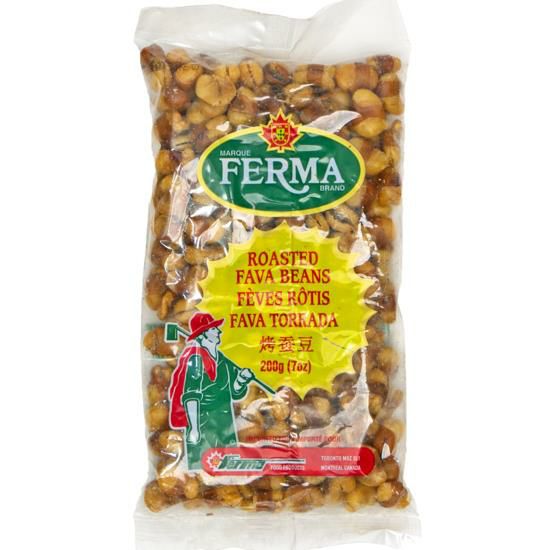Abbey Blonde Recipe

Abbey Blonde (23 Litres)
The BJCP guidelines continue to be a handy resource from which we draw inspiration and ideas for our DIY Beer recipes. However until now the Belgian Strong Ale category had not been covered. Why? It's widely considered that the soul of Belgian Ale styles is the yeast and to capture the style with a limited selection of dried ale yeast strains is a challenge. But! with hard work, sheer determination and after numerous iterations, we are quietly high fiving ourselves with how neatly this brew sits in the Belgian Blonde Ale sub-category (18.A.) Just like a Monk in the Abbey of a Belgian Monastery, try serving slightly warmer than fridge temperature from "tulip shaped" glassware and perhaps accompanied by a wedge of your favourite camembert or brie. Devine !
Ingredients
- 1 x 1.7kg Canadian Blonde
- 1 x 1.5kg Light Dry Malt
- 1 x 500g Coopers Light Dry Malt
- 1 x 200g Crystal Malt Grains
- 1 x 12g Styrian Goldings Hop Pellets
- 1 x Safbrew T-58 Dry Yeast
- 1 x S-33 yeast Sachet
- Carbonation Drops
Features:
- Colour: Golden
- Body: Medium
- Bitterness: Low-Medium
- Approx. Alcohol Level: 6.0% ABV
- Naturally Carbonated: Natural
Instructions:

Step 1: Mix
The day before: Line a pot (at least 4 litres) with a mesh cleaning cloth (pulled straight fromt he pack), then add the cracked grain and 2 litres of cold water. Fit the lid and sit in the fridge for 24 hours. Remove from the fridge then gather up the corners of the mesh cloth and lift, allowing the liquid to drain from the grain back into the pot. Transfer the liquid to a good sized pot (around 8 litres) and bring to the boil with a further 2 litres of water and the 500g of Light Dry Malt. Once at the boil, add the Styrian Goldings Hop pellets and boil for 10 mins. Set the pot in a cold/ice water bath to cool then strain into a fermenting vessel (FV) Add the Canadian Blonde and Light Malt Extract to the FV, stir to dissolve then top up with cool water to the 20 litre mark and stir thoroughly. Check the brew temperature and top up to the 23 litre mark with warm or cold water (refridgerated if necessary) to get as close as possible to 21C. Sprinkle both sachets of dry yeast, and fit the lid.

Step 2: Brew
Try to ferment at 21C. Fermentation has finished once the specific gravity is stable over 2 days. It should finish around the 1010 – 1014 mark.

Step 3: Bottle
Bottle the brew with 2 carbonation drops per 740ml - 750ml bottle (priming rate of 8g per litre).

Step 4: Enjoy
Allow to condition for at least 2 weeks in the bottle. Try a bottle early but if you can, keep a few aside to experience how this brew develops over time! Expect the alcohol content to be around 6.0% ABV.


Leave a comment